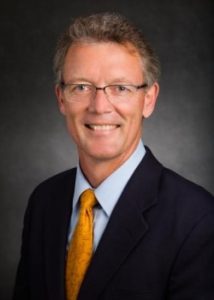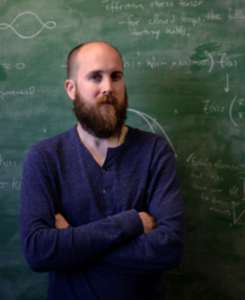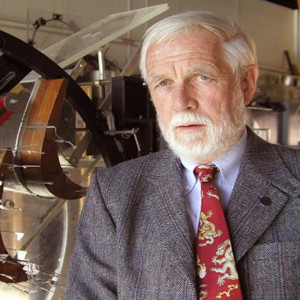Dr. Xinyu Zhao has been awarded an American Chemical Society Grant through the Petroleum Research fund for her research entitled “A computational study of the lean blow-off mechanisms for a bluff-body stabilized premixed flame.” The fund supports research directly related to petroleum and fossil fuels at nonprofit institutions around the world.

Increasingly stringent emission requirements have recently generated a great deal of interest in lean and stable combustors, i.e. combustors that manipulate air-fuel ratios to increase fuel efficiency and reduce emissions while maintaining stable combustion. One way to stabilize flames in a combustor is through bluff bodies, but the events that lead to lean blowoff (flame extinction) remain unclear due to a variety of factors that require consideration (e.g. highly-transient turbulent flow fields and finite-rate chemistry).

Professor Zhao’s research aims to further the understanding of this phenomenon by using a large-eddy simulation to model and investigate a bluff-body stabilized lean premixed propane flame undergoing intense turbulence. UConn ME colleagues in Professor Baki Cetegen’s group carry out the experiments using laser diagnostics. The proposed modeling study allows flame characteristics such as turbulent flame speed, flame surface densities, strain rates, and various chemical and flow time scales relevant to blowoff to be studied and compared with real world experiments. Discovering the key time scales that lead to blowoff could yield controlling strategies and operation conditions for bluff-body stabilized flames.
Recently Professor Zhao also received the Young Investigator (YIP) Award from the Air Force Office of Science and Research. Read more about her research on her website.





 Assistant Professor David Pierce will be deploying his Interdisciplinary Mechanics Laboratory to tackle three projects that just received funding: two from the National Science Foundation (NSF) and one from the U.S. Army Natick Soldier Research Development and Engineering Center (NSRDEC).
Assistant Professor David Pierce will be deploying his Interdisciplinary Mechanics Laboratory to tackle three projects that just received funding: two from the National Science Foundation (NSF) and one from the U.S. Army Natick Soldier Research Development and Engineering Center (NSRDEC). 
